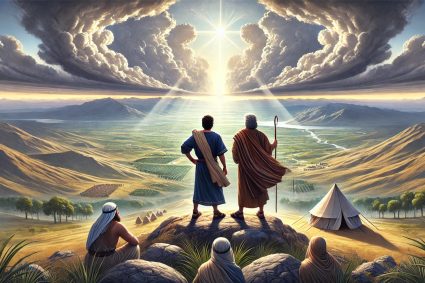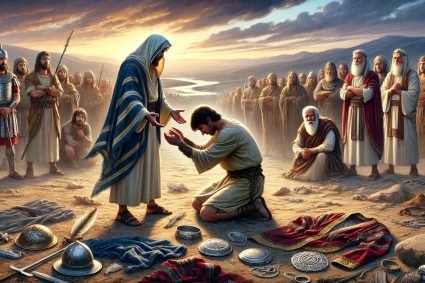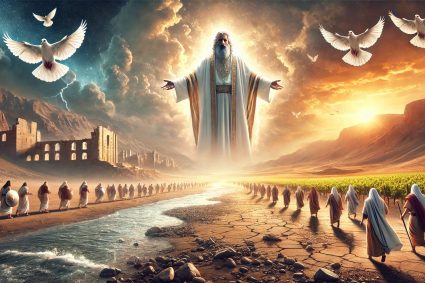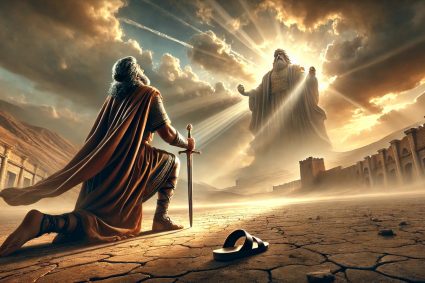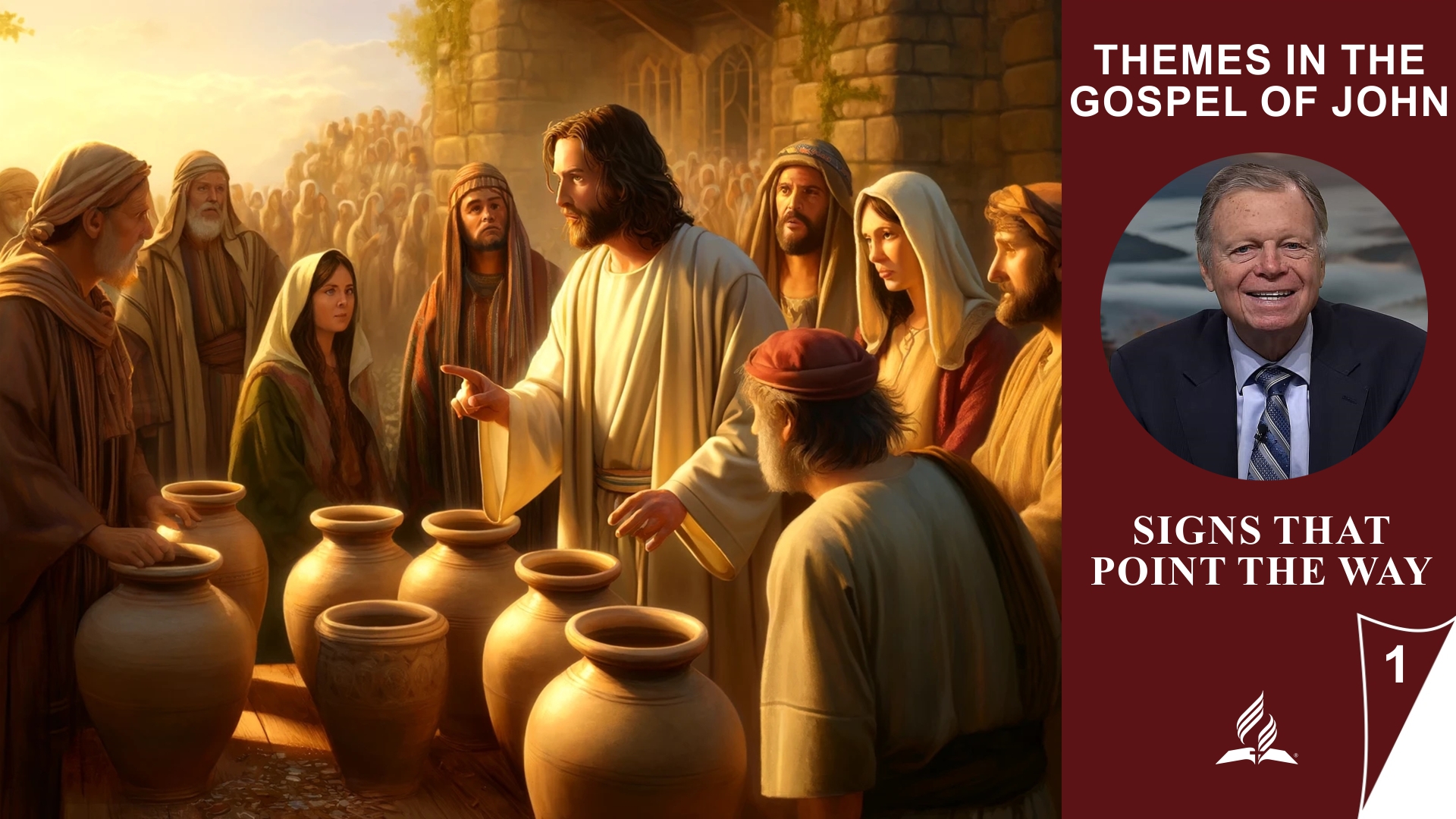
Series JESUS IN THE GOSPEL OF JOHN with Pastor Mark Finley |
Lesson 1.Signs That Point the Way |
The Revelation of Jesus through Miracles |
In this first lesson, we focus on the significant signs and miracles of Jesus as portrayed in the Gospel of John. Central to this is the miracle at the wedding in Cana (John 2:1–11), which serves as the first public sign of Jesus’ divine authority. Through the transformation of water into wine, Jesus not only reveals His power but also provides concrete evidence to His disciples and the attending guests that He is the promised Messiah. This miracle symbolizes the connection between the earthly and the divine and points to the forthcoming redemption that Jesus will bring for humanity. By examining this and other miracles, we gain a deeper understanding of how Jesus’ actions strengthen faith and guide the way to Him. These signs are not merely impressive deeds but carry a deeper spiritual significance that invites us to explore the true identity of Jesus and the impact of His works on our own lives.
Memory Text: John 20:30.31 – “And truly Jesus did many other signs in the presence of His disciples, which are not written in this book; but these are written that you may believe that Jesus is the Christ, the Son of God, and that believing you may have life in His name.”
Content:
1.1 The Wedding at Cana
Signs That Show the Way
The miracle that Jesus performed in Cana, where he turned water into wine (John 2:1–11), was the first sign of his divine authority. This miracle not only revealed his power but also served as evidence for his disciples, who were strengthened in their faith through this event. By acting at a wedding—a place of joy and celebration—Jesus demonstrated that he engages with both the ordinary and the spiritual aspects of life. This sign also alludes to the Old Testament theme of liberation and redemption, similar to Moses leading the Israelites with signs and wonders. The miracle at Cana was a foreshadowing of the future redemption that Jesus would bring for humanity.
1.2 The Second Sign in Galilee
Faith Strengthened by Miracles
The second sign, which Jesus performed in Galilee by healing the son of a royal official (John 4:46–54), deepened the faith of his disciples and the surrounding people. John makes a deliberate connection to the first miracle in Cana to illustrate that Jesus’ signs are meant to strengthen faith. Despite Jesus’ seemingly harsh response, the official recognizes the spiritual dimension of his request and trusts Jesus’ words. The royal official realizes that faith in Jesus does not depend on visible miracles but on trusting his promises. Through this miracle, it becomes clear that Jesus heals not only physically but also spiritually.
1.3 The Miracle at the Pool of Bethesda
Healing Beyond the Expected
At the Pool of Bethesda, where the sick hoped for a miracle in the water, Jesus brought healing in an unexpected way (John 5:1–9). When he asked the paralyzed man if he wanted to be healed, he made it clear that true healing would not come from the pool but from himself. The man, who had waited for the water to move for years, found healing in Jesus’ words: “Get up, take your mat and walk!” Through faith in Jesus’ command, he immediately experienced the power of God. This miracle shows that true healing is often not found where we look for it but in encountering Jesus.
1.4 Hard Hearts
Blindness Despite the Miracle
The miracle at the Pool of Bethesda not only revealed Jesus’ power but also the hardening of the religious leaders’ hearts (John 5:10–16). Instead of praising God for the miracle of healing, they criticized Jesus for healing on the Sabbath. This reaction shows how people can become blind to God’s work when they cling to rigid traditions and human rules. Their rejection of Jesus illustrates that spiritual blindness often arises from pride and false expectations. Jesus’ warning to them reminds us to examine our own hearts so that we do not overlook the truth that could lead us to freedom.
1.5 Jesus’ Claims
The Claim to Divinity
The miracle at the Pool of Bethesda provided Jesus the opportunity to reveal his divine authority. The religious leaders persecuted him not only because of his Sabbath healing but also because he referred to God as his Father, which they saw as blasphemy (John 5:16–18). Jesus defended his actions by explaining that he acts in harmony with the Father, just as God continues to work on the Sabbath to sustain the universe. In John 5:19–47, Jesus demonstrates through his words and witnesses that his claim to divinity is confirmed by his miracles and the Scriptures. The leaders, who referred to the Law of Moses, missed the true meaning of Jesus’ work and mission.
1.6 Summary
Miracles That Create Faith
The miracles that Jesus performed in the Gospel of John serve as signs that reveal his divine identity and strengthen his disciples’ faith. Each of these signs, beginning with the wedding at Cana, carries a deeper spiritual meaning and points to Jesus as the Savior. The healing of the royal official’s son and the paralyzed man at the Pool of Bethesda not only affirm Jesus’ power but also his authority over physical and spiritual healing. These signs call people to recognize Jesus not only as a miracle worker but as the Messiah and Son of God. Despite the obvious miracles, the religious leaders persisted in their rejection, highlighting the danger of spiritual blindness.
(Visited 39 times, 1 visits today)

